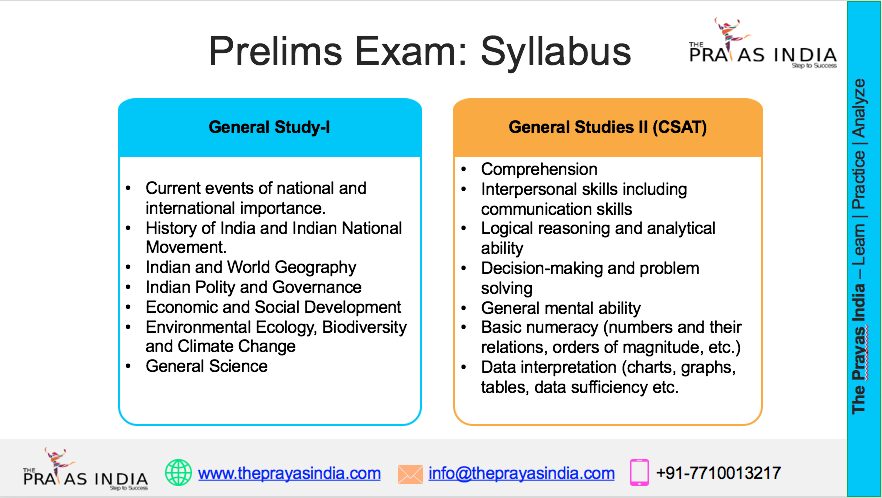DRDO Conducts Back-to-Back Tests of Pralay Missile: A Tactical Boost for India’s Defence
India’s defence capabilities received a powerful boost as the Defence Research and Development Organisation (DRDO) successfully conducted back-to-back test flights of the Pralay missile on July 28 and July 29, 2025. The trials were held from Dr. A.P.J. Abdul Kalam Island, off the coast of Odisha, as part of user evaluation trials.
These successful tests mark a significant step toward the induction of the short-range ballistic missile system into India’s armed forces and further reinforce India’s readiness to neutralise evolving regional threats.
What is Pralay Missile?
Pralay, meaning “widespread destruction” in Sanskrit, is an indigenously developed solid-propellant quasi-ballistic missile. Developed by DRDO’s Research Centre Imarat (RCI) in Hyderabad along with other labs and industry partners, Pralay combines modern navigation systems and strike capabilities that make it a key tactical weapon for India’s military arsenal.
It is designed for high-precision strikes and is capable of carrying multiple types of warheads, both conventional and strategic, to eliminate enemy command centers, radar installations, logistics hubs, and other vital infrastructure.
Key Features of Pralay Missile
| Feature | Details |
|---|---|
| Type | Short-Range Quasi-Ballistic Missile |
| Range | 200 km to 500 km |
| Warhead Types | Multiple – Conventional and Strategic |
| Launch Platform | Ground-based mobile launcher |
| Guidance System | Advanced navigation and state-of-the-art inertial guidance |
| Propellant | Solid fuel |
| Targeting | Pinpoint accuracy; capable of maneuvering mid-flight |
| Developed By | DRDO’s RCI, ARDE, HEMRL, DRDL, ASL, and other DRDO labs |
| Industry Partners | Bharat Dynamics Ltd, Bharat Electronics Ltd, MSMEs |
Back-to-Back Test Success: July 28 & 29, 2025
On July 28 and 29, 2025, DRDO successfully executed two consecutive flight tests of the Pralay missile to validate its maximum and minimum range capabilities. These tests were conducted under user evaluation trials, with the aim of simulating real-world combat situations and testing the missile’s consistency under operational conditions.
The Ministry of Defence confirmed that:
- The missile followed its intended trajectory with pinpoint accuracy.
- All subsystems performed flawlessly, including guidance, propulsion, and warhead delivery.
- Tracking and telemetry systems recorded data through radars and sensors placed on naval ships near the target site.
- Senior scientists from DRDO, and representatives from the Indian Army and Air Force, were present during the tests.
Strategic Importance: A Counter to Tactical Nukes
Pralay is seen as India’s strategic counter to Pakistan’s short-range nuclear-capable missiles, especially the Nasr (Hatf-IX), which has been designed for battlefield tactical use. Unlike intercontinental ballistic missiles (ICBMs), tactical ballistic missiles like Pralay are designed for quick response, short-distance precision attacks on high-value enemy targets.
Its quasi-ballistic nature allows it to follow a low, unpredictable trajectory, making it harder to detect and intercept, especially by enemy missile defence systems.
A Collaborative National Effort
The successful testing of Pralay is a product of collaborative efforts between various DRDO labs and Indian industries, including:
- Research Centre Imarat (RCI), Hyderabad
- Armament Research and Development Establishment (ARDE), Pune
- High Energy Materials Research Laboratory (HEMRL), Pune
- Research & Development Establishment (Engineers), Pune
- Advanced Systems Laboratory (ASL)
- Defence Metallurgical Research Laboratory (DMRL)
- Terminal Ballistics Research Laboratory (TBRL)
- Bharat Dynamics Limited (BDL)
- Bharat Electronics Limited (BEL)
- Numerous MSMEs across India
This reflects the strength of India’s Aatmanirbhar Bharat (self-reliant India) initiative in defence production.
Reactions from the Leadership
- Union Defence Minister Rajnath Singh congratulated DRDO, the armed forces, and the defence industry, stating that the successful Pralay tests will provide a major technological boost to India’s tactical readiness.
- DRDO Chairman Dr. Samir V. Kamat emphasized that the successful completion of the first phase of flight testing marks a crucial milestone, bringing the missile system closer to formal induction into the Indian military.
What Lies Ahead?
With the completion of the first phase of testing, Pralay is now headed for induction into the Indian Armed Forces, likely starting with the Indian Army’s artillery divisions. Its mobility, speed, and high accuracy make it a powerful weapon in India’s tactical and strategic playbook.
Additional rounds of integration, manufacturing, and training are expected to follow in the coming months as the armed forces prepare for full deployment of this indigenous missile system.
Conclusion
The successful back-to-back testing of the Pralay missile marks a monumental advancement in India’s tactical strike capabilities. It not only reflects technological self-sufficiency but also sends a strong signal about India’s preparedness to counter any regional threat with speed and precision.
Pralay is not just a missile—it is a symbol of India’s growing defence prowess, collaborative innovation, and strategic autonomy.




![Prayas-तेजस [UPSC CSE Sociology Optional] – Online & Offline](https://theprayasindia.com/wp-content/uploads/2025/09/Prayas-तेजस-UPSC-CSE-Optional-Subject-The-Prayas-India-300x300.png)
![Prayas-सूत्र [UPSC CSE Materials (Hardcopy)]](https://theprayasindia.com/wp-content/uploads/2025/09/Prayas-सूत्र-UPSC-CSE-Study-Materials-Hardcopy-The-Prayas-India-300x300.png)
![Prayas-मंत्रा [UPSC CSE CSAT]](https://theprayasindia.com/wp-content/uploads/2025/09/Prayas-मंत्रा-UPSC-CSE-CSAT-The-Prayas-India-300x300.png)
![Prayas सारथी [UPSC CSE One on One Mentorship]](https://theprayasindia.com/wp-content/uploads/2025/09/Prayas-सारथी-UPSC-CSE-One-on-One-Mentorship-The-Prayas-India-300x300.png)










